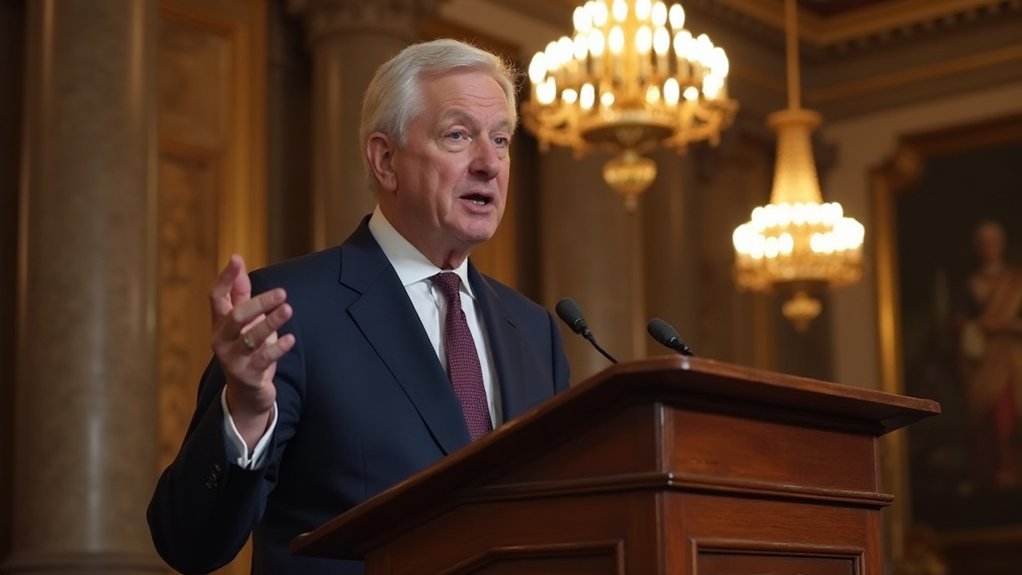While skeptics once dismissed Bitcoin as a digital tulip bulb destined for inevitable collapse, the cryptocurrency has now surged beyond $119,000 on July 13, 2025—a milestone that would have seemed fantastical to those who witnessed its sub-$1,000 trading days just years ago.
The latest rally, representing a 9% weekly gain, has propelled the total cryptocurrency market capitalization to approximately $3.68 trillion, with Bitcoin’s ascent dragging along fellow digital assets like Ethereum, XRP, Solana, and Dogecoin (gains ranging from 9% to 24%, because apparently nothing succeeds like success in crypto).
The mechanics driving this surge reveal a fascinating convergence of institutional appetite and supply scarcity. Corporate treasury acquisitions totaled over $554 million in the week preceding the milestone, while spot Bitcoin ETFs absorbed approximately $1.18 billion in inflows—suggesting that traditional finance has moved beyond mere curiosity into genuine accumulation mode.
Meanwhile, Bitcoin held on exchanges has plummeted to a 10-year low of just 1.25% of total supply, creating what economists might charitably call “favorable supply-demand dynamics.”
Meanwhile, Bitcoin held on exchanges has plummeted to a 10-year low, creating what economists might charitably call “favorable supply-demand dynamics.”
The technical picture reinforces this narrative, with Bitcoin reaching as high as $119,820 on July 14 amid what analysts describe as strong breakout signals. Bitcoin’s price has now established a new all-time high at $122,550, demonstrating continued upward momentum despite recent consolidation. Paradoxically, 24-hour trading volume declined 22.4% to $43.56 billion, indicating that this rally is driven more by patient accumulation than frenzied speculation—a development that would have shocked earlier crypto observers accustomed to manic volatility.
With only 1.11 million BTC remaining to be mined from the fixed 21 million supply cap, the mathematical constraints become increasingly relevant. The DeFi sector’s total value locked has risen to around $120 billion, suggesting broader crypto market strength beyond Bitcoin’s individual performance. The broader adoption momentum continues with initiatives like Emirates Airlines’ payment solutions partnership in Dubai, enabling cryptocurrency payments for millions of international travelers.
Perhaps most intriguingly, institutional demand patterns now mirror previous cycles of corporate accumulation, reminiscent of MicroStrategy’s pioneering treasury strategy. As Bitcoin increasingly positions itself as a hedge against macroeconomic uncertainty, the question becomes whether this seven-week rally represents sustainable price discovery or simply the latest chapter in crypto’s perpetual boom-bust cycle. Notably, the stablecoin market cap reached $228 billion in 2025, reflecting growing institutional confidence in digital assets as trading infrastructure continues to mature.









